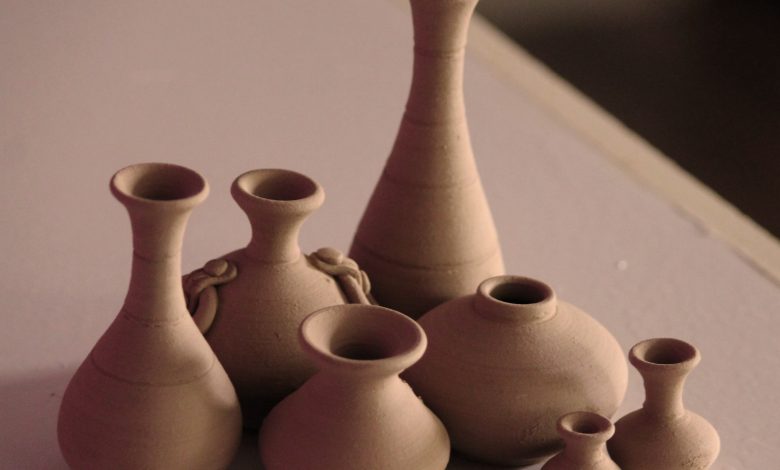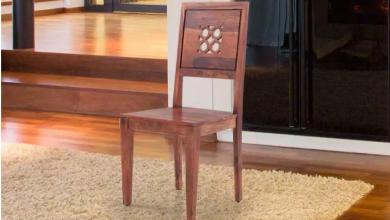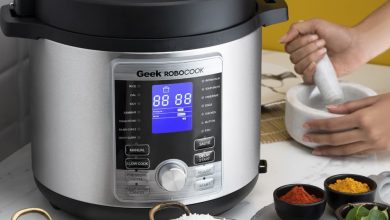5 Pottery Decorating Tips

There are quite a few ways to decorate handmade ceramic products today. Some of them are verified by the history of the development of ceramic art, some appeared more recently due to the progress in the design of ceramics and the development of computer technology. So here are some handmade ceramic pottery decorating tips.
Painting
A picturesque drawing is applied using brushes. This can be done both with the help of preliminary marking and without preparation. Distinguish between underglaze and overglaze painting.
Underglaze painting is performed using underglaze paints or engobes after the first waste firing. Then the painted product is covered with transparent glaze and fired again. It is no longer possible to fix anything after the final firing.
Overglaze painting gives more room for maneuver since it is done after the watered firing. Then the product is fired again at low temperatures. The disadvantage of such a painting is that it is short-lived and is performed mainly on decorative objects.
There is also painting with colored glazes, but you need to understand that during the firing process the glaze spreads, and an accurate drawing is usually impossible. But you can get beautiful play and color transitions.
Etching
This method allows you to create a pattern by alternating matte and glossy areas. A drawing made with asphalt varnish is transferred to the surface of the product. Then the product is immersed in hydrofluoric acid, where areas without varnish are etched and become dull. Then the varnish is removed, the product is coated with a gold preparation and fired. In the etched areas, the gold becomes dull, while the rest results in a gloss.
A pattern on the surface of ceramic pottery can also be applied by printing. Printing methods are divided into direct and indirect.
 Direct printing
Direct printing
Such as screen printing, silk screen printing, or full-color printing, is convenient and beneficial in cases where the surface of the product to be patterned is not too complex.
Direct digital printing is carried out on a special inkjet printer. The advantages of such printing are very great, since the cost price is rather low, and the quality and variety of images is high. After printing, the products are fired and the ink is sealed into a ceramic pottery. Unfortunately, such printing can only be performed on flat products.
Indirect or transfer printing is a method in which an image is first applied to paper or other material, and from there it is already transferred to the product. This method is used when direct printing is difficult or impossible due to, for example, the complex surface of the product. This includes pad printing, decal, dye sublimation, and thermal transfer.
Pad printing
Pad printing is a one-color, sometimes quite complex pattern, which is applied to the surface of the product using a special cliche. Thus, it is possible to obtain impressions using paints, as well as preparations of gold and silver. The image can be applied to a specially indicated or even hard-to-reach place, and its quality will depend on the quality of the printed swab.
Marbling is another favorite way by which you can give your pottery an attractive look. Marbling is when you combine two different kinds of clay to create an extraordinary design on the clay surface. The colors of the two separate sheets of clay bring out a beautiful pattern on your pot. That will make your plan look precise and clean.





